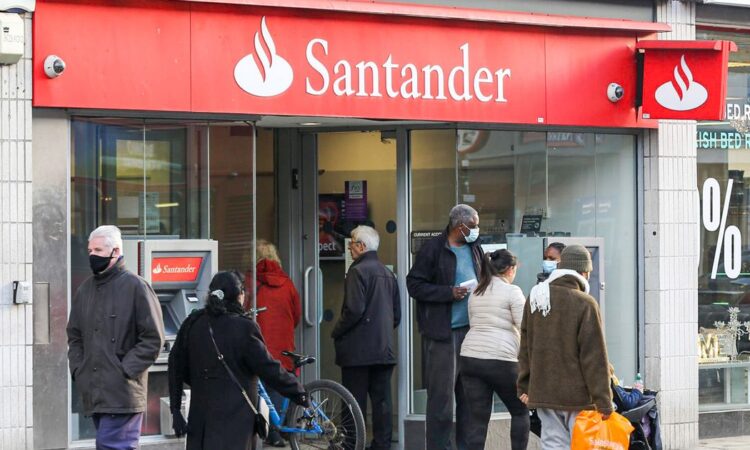Santander issues warning to customers about common banking scams that could see you lose thousands

Santander has issued a warning to customers alerting them to a string of common banking scams used by con artists – as well as some valuable advice on how to protect your money.
An email sent out to customers by the bank read: “Billions of people around the world use social media every day. Sadly, criminals use it too. Many of the scams we see start on social media platforms, with 78% of fraud cases starting online.
“We want to help protect you by sharing information about a couple of common scams and the steps you can take to protect yourself.” The bank also detailed two of the most common scams customers often fall for, which sees criminals deploy particularly cruel methods to steal your cash.
READ MORE: Martin Lewis urges anyone going on a summer holiday abroad to get two vital things
The first is Purchase Scams, in which scammers advertise non-existent or sub-standard products and will even use photos or videos to try to convince you that they are genuine. However, when you pay for the product, it never turns up and you’re left out of pocket.
The second is Romance Scams, which sees con artists use dating websites and forums to connect with their victims. Once they have built up trust, they strike – often asking for large sums of money for a fake emergency, along with a promise of repayment that never comes.
Santander urges customers to visit its website for further information on other types of scam, as well as advice on what to do if you think you have been the victim of one. Here are the bank’s top tips on how to protect yourself from scams:
- Always think carefully before making a payment, especially if it’s a lot of money for you. Speak to someone you trust first, like a friend or family member, before making payments.
- Pay extra attention to the warnings we provide when making a payment. They’re in place to help you bank safely and avoid being scammed.
- Anyone can be easily impersonated, and criminals can make the caller ID, email address or name look exactly like the genuine caller. So, if you receive an email, text or call, verify it’s genuine by phoning them back on a known and trusted number.
- When making a payment, always take the time to complete extra checks to make sure the payee and the payment is genuine. This includes reading reviews, researching companies or websites, and verifying the person or company are who they say they are.
- Don’t allow anyone to access your computer or devices remotely. This is because criminals can ask you to click on a link or download an app.
- Remember, your bank, the police or any trusted organisation will never ask you to withdraw, transfer or send back money from your account. If you’re asked to do this, it’s a scam.
“Interacting online can be a gamble,” Santander warned. “Can you be sure of who you’re talking to? Take time to do your research before making any payments. Those extra minutes could save you money.”
In its email to customers, Santander also reminded people that when an email is genuinely from them they will address you personally, include the last four digits of your account or card number or last three characters of your postcode, and only include links that take you to information pages. In addition, the bank will never ask for your personal information, such as passwords or security details.
If you’re a Santander customer who is concerned or think you’ve responded to a scam email or text or given your details out to the wrong people, you should contact them on 0330 9 123 123 or 0800 313 4321 (freephone) and report it to Action Fraud on 0300 123 2040.





